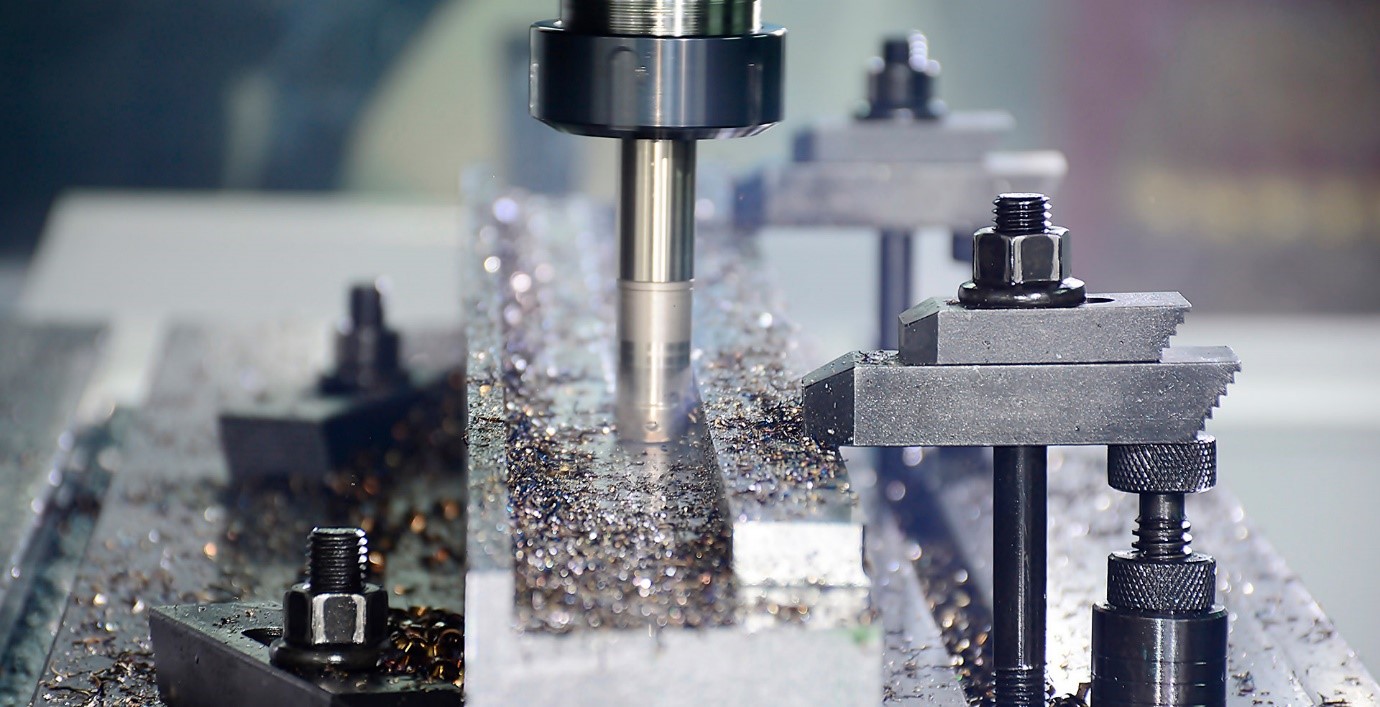Production tooling and vacuum casting in China are essential components of contemporary manufacturing, as they guarantee accuracy, economy, and efficiency. The combination of these two procedures works especially well and leads among manufacturing technologies. Comprehending the interplay between production tooling and vacuum casting China might yield important understandings regarding their importance and use in diverse sectors.

Understanding Production Tooling
The term "production tooling" describes the specialized machinery used in the manufacturing process to mold, shape, and assemble components. This comprises fixtures, gauges, jigs, and molds made to guarantee that parts are produced precisely and consistently in quality. A key component of contemporary manufacturing, efficient production tooling is necessary to maximize productivity and reduce errors.
The Vacuum Casting Process
The process of vacuum casting is used to create functioning parts in small quantities as well as excellent prototypes. The procedure is making silicone molds from a master model that is created, usually by CNC machining or 3D printing. After that, these molds are vacuum-filled with liquid resin to remove air bubbles and guarantee an accurate reproduction of the original model. The end product is a nearly exact replica of the final object, with a smooth and polished surface.
The Synergy of Production Tooling and Vacuum Casting
Vacuum casting and production tooling must work together for a number of reasons.
1. Precision and Quality: Accurate silicone molds for vacuum casting require precise manufacturing tooling. Any flaws in the tooling may cause the finished cast pieces to be defective. Therefore, the quality of vacuum-cast products is directly impacted by the accuracy of the manufacturing tooling.
2. Efficiency and Speed: Production times can be greatly reduced by using sophisticated production tools in vacuum casting procedures. Robust tool design expedites the process of creating molds and filling them with resin, resulting in reduced lead times for prototypes and small-batch manufacturing.
3. Cost-Effectiveness: Vacuum casting in integration with production tooling offers an affordable way to make high-quality parts. The ability to efficiently produce multiple parts from a single mold outweighs the potentially high initial tooling costs, especially for low to medium-volume production runs.
4. Adaptability and Flexibility: Manufacturers may easily adapt designs and produce multiple variants without requiring extensive retooling with vacuum casting, which is supported by precision tooling. This flexibility is very helpful in fields where design iterations are common, including consumer electronics, automotive, and aerospace.
The interaction of production tooling and vacuum casting provides accuracy, economy, and efficiency and is a key component of contemporary manufacturing. Manufacturers around the world can profit from the developments and experience available as China maintains its position as a leader in these technologies. Businesses may maintain their competitiveness in a constantly changing market by embracing the interplay between tooling and casting to achieve greater product quality and faster time-to-market.